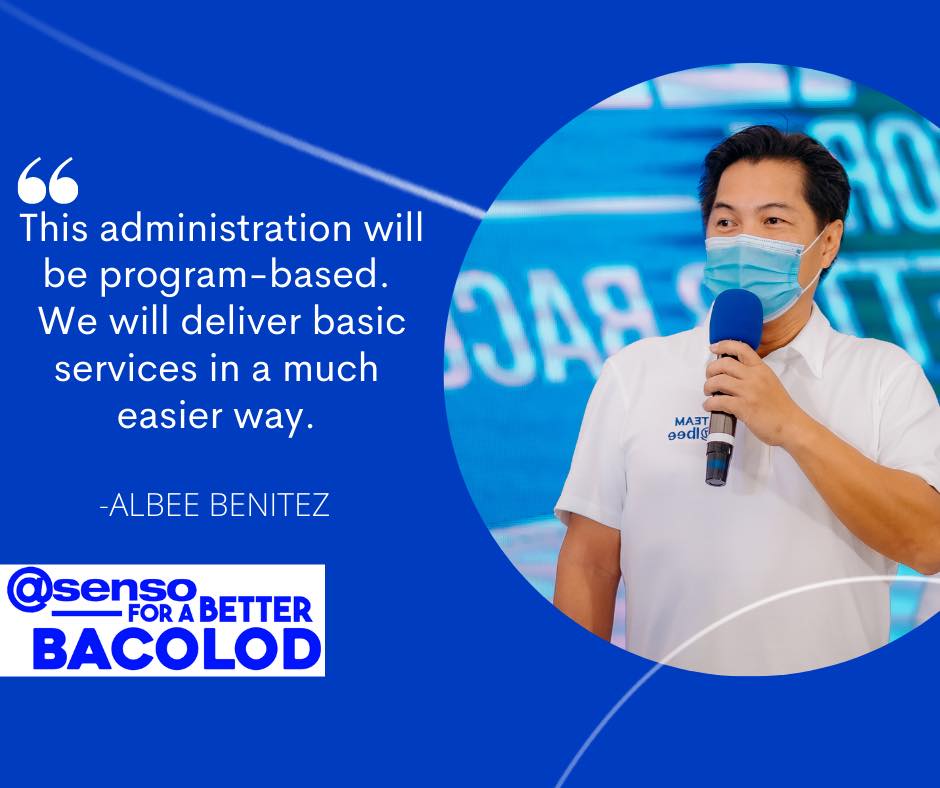Tight Rope: Trash to energy

TIGHT ROPE WITH MODESTO P. SA-ONOY
Thursday, June 08, 2017
 Report says that Rep. Albee Benitez has initiated moves to bring to his district a new source of energy. Well, this is actually not new but only novel for this province and probably a pioneering project in the district.
Report says that Rep. Albee Benitez has initiated moves to bring to his district a new source of energy. Well, this is actually not new but only novel for this province and probably a pioneering project in the district.
The trash to energy project in the 3 rd district will convert garbage and plastic wastes which are petroleum-based into diesel fuel. If they segregate these wastes, they can reduce their waste from 20-30 tons a day to only 10. In effect the district will be producing fuel for trucks, jeeps, cars and motorcycles. The news report does not say how many liters of diesel fuel the project will produce but one thing for certain, the district will reduce considerably the need for dump sites.
There are no basic details enough for us to know how their plan will work out or the economics of it, like how many tons of plastics are needed to produce a liter of diesel and whether the price of this fuel can compete with the existing diesel sold in the gas stations.
Nevertheless, there is similarity in the present plastic collection system in all dump sites where scavengers abound. They sell the plastics and these are recycled. We have yet to hear these plastics being converted into fuel because recycling and reusing is more profitable.
A different kind of converting trash or garbage into energy has been going on in several states and countries for years but we had been accustomed to the cheap power project that is coal and now the solar and wind power that trash to energy is rather strange to us.
The concept is not really difficult to understand. Garbage is burned as a fuel to generate steam and thus power. The sugar mills are actually using trash like pulp from sugar cane but not cane trash from the field which are just leaves and are left to rot. Sometimes they burned them to kill rats though this practice is now banned. Moreover field trash is bulky and costly to bring to the mill.
Bagasse on the other hand is already in the mill and is more compact and therefore less expensive. In the past, mills burned the pulp because they produce so much of it. The accumulated bagasse can form a mountain and oftentimes pose a danger when they burned.
Trash to energy is a project of the Sugar Regulatory Administration, the so-called co-generation project whereby the mills use their bagasse to produce energy that they send to the national grid. There is no report of the results of this project but even from its basics, we know this is good. In fact, when workers and staffs of sugar mills lived within the compound, these employees got free electricity generated by the centrals.
In more advanced technology, the trash to energy power plants used all kinds of garbage from household and industrial and commercial sources. The only garbage that are not acceptable are those that could emit radiation. Garbage entering the plant pass through a monitor that records the level of radiation or toxicity. If the harmful elements exceed the limit, the trucks are diverted to remove the harmful element.
All others are burned in a huge pit. I was hosted in one of these plants in the United States and saw the entire operation - from the entrance of the garbage, the burning, the controls against polluting and harmful chemicals to the disposal of residues - steel and iron, for instance that don't burn and the ashes.
The iron and steel, some are carcasses of a whole car, are collected for recycling. The most interesting are the ashes, tons of them. The ashes are sold. The ash is mixed with cement to produce what they call, “soft cement”. These are excellent in the sculpting of statues, gravestones, and markers. Others use them for path walks in farms, pigsty, barns, and flower pots.
More remarkable is the relation between the plant and the government. New Jersey pays the plant to burn its garbage so it does not need a dump site. The county in return buys the power produced by the plant, so the plant has a ready market.
Bacolod spends millions annually for garbage collection and management of the dump site. It also pays for its electricity. When the dump site is filled, it buys another, ad infinitum, because the city produces more garbage everyday.*
Related Stories:
@senso for A BETTER BACOLOD
Ang isa sa akon mga handom para sa Bacolod.


Ako ang kapitan sg sini nga barko. Indi ini magkadto sa wala ukon sa tuo, kundi derecho sa direksyon sang pagbag-o sang gobyerno para sa kaayuhan sang Bacolodnon.


